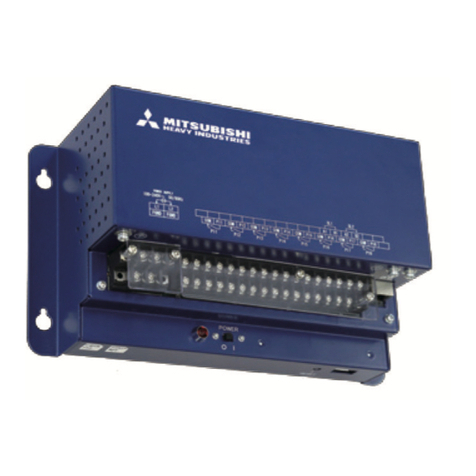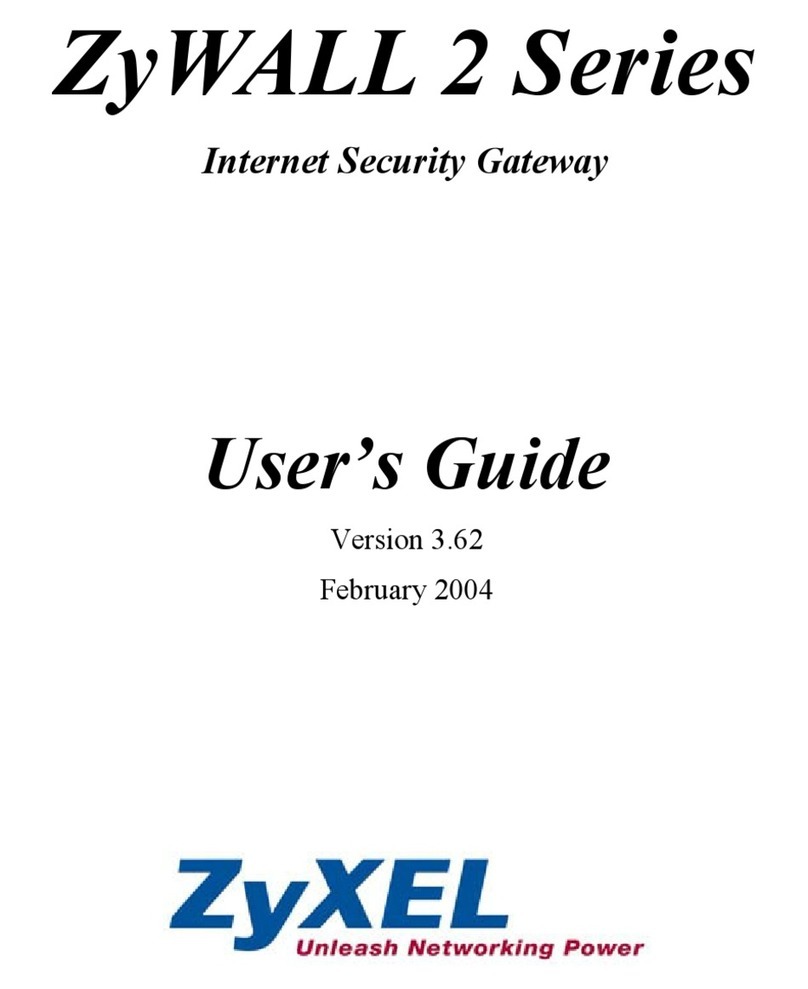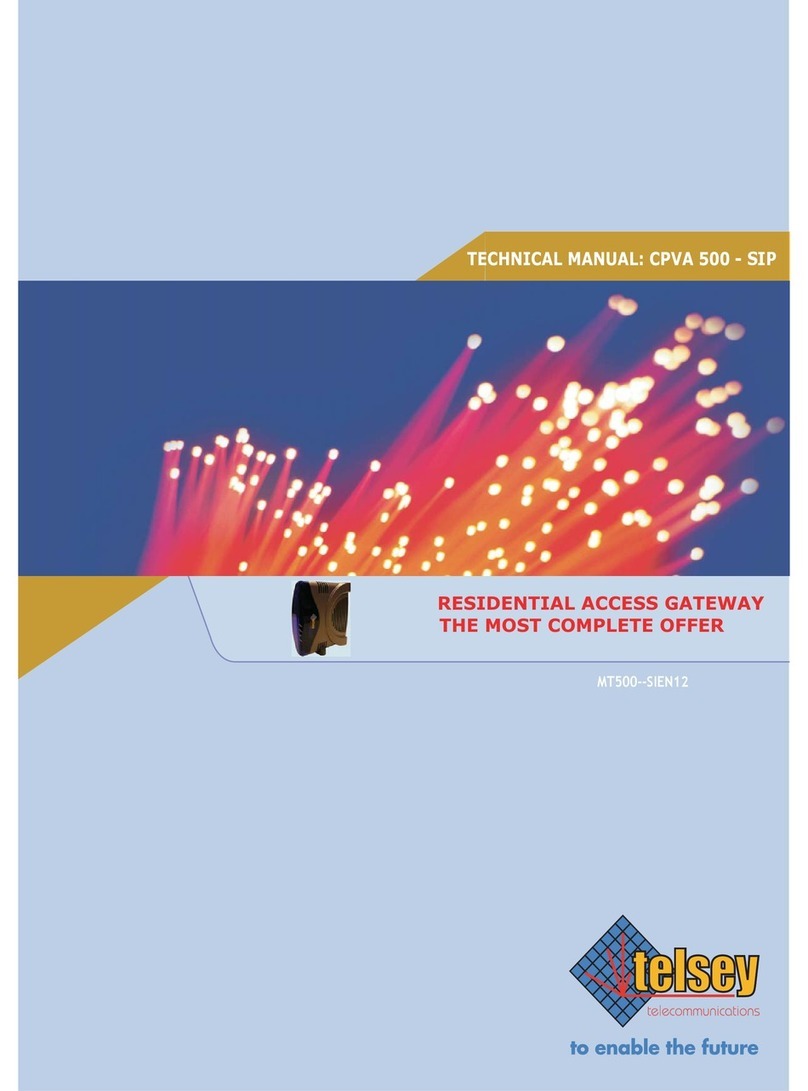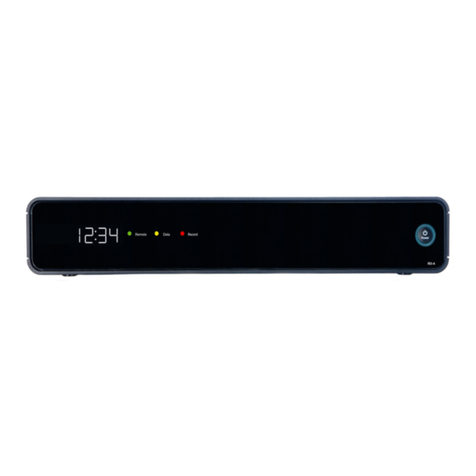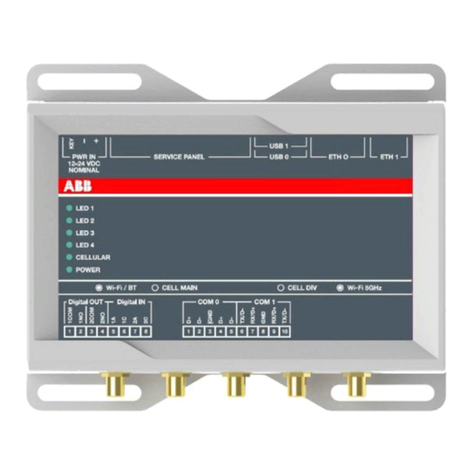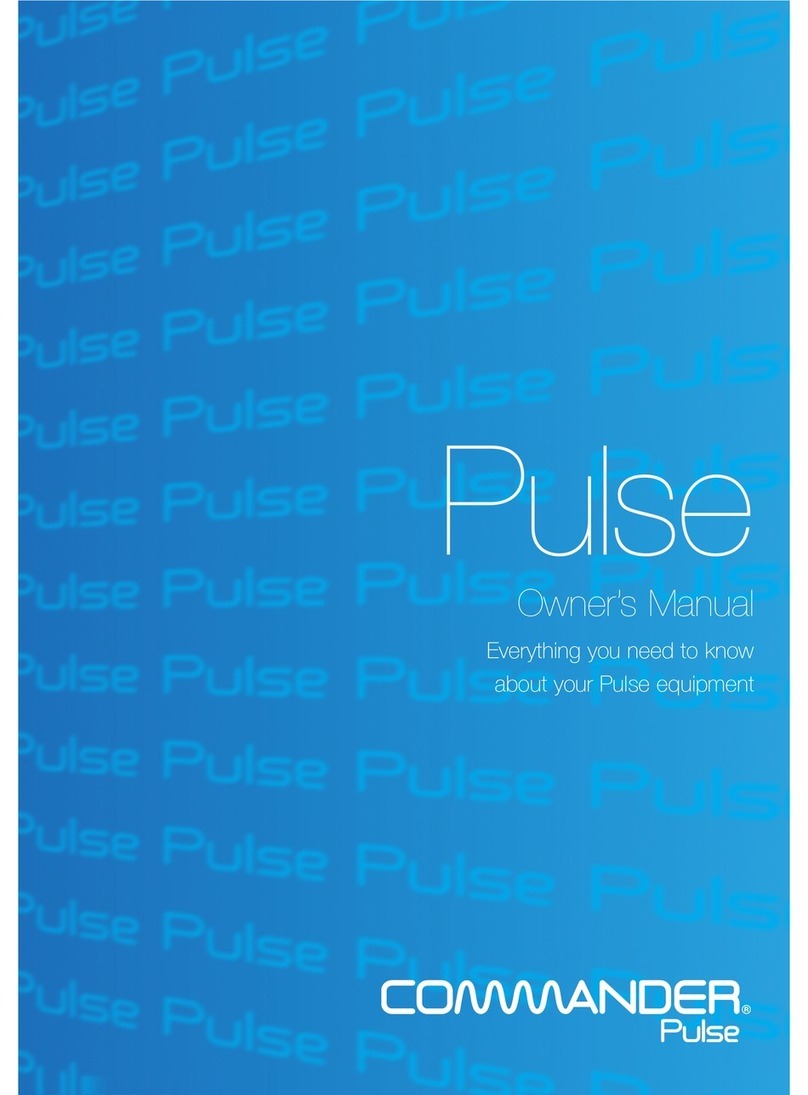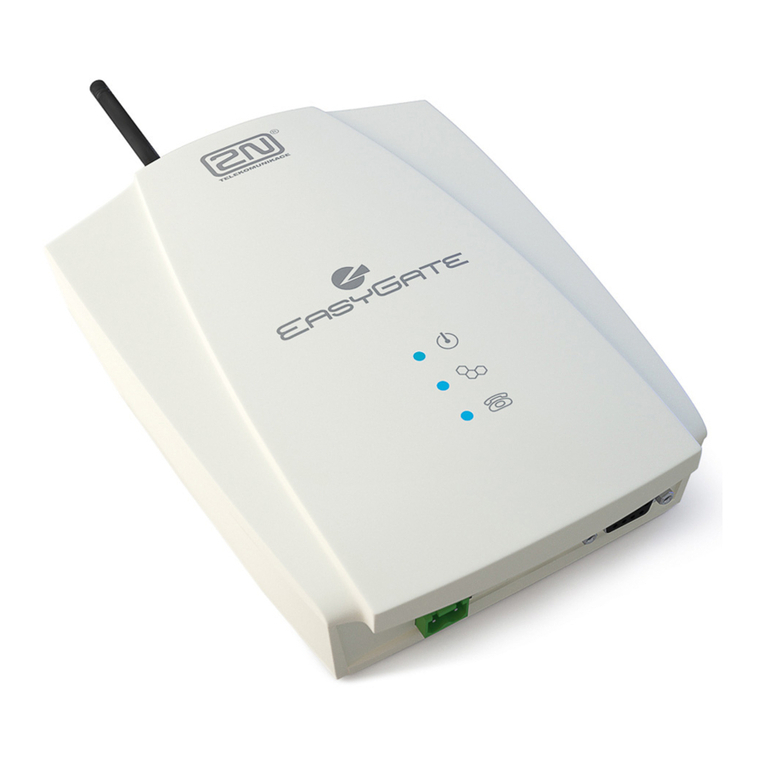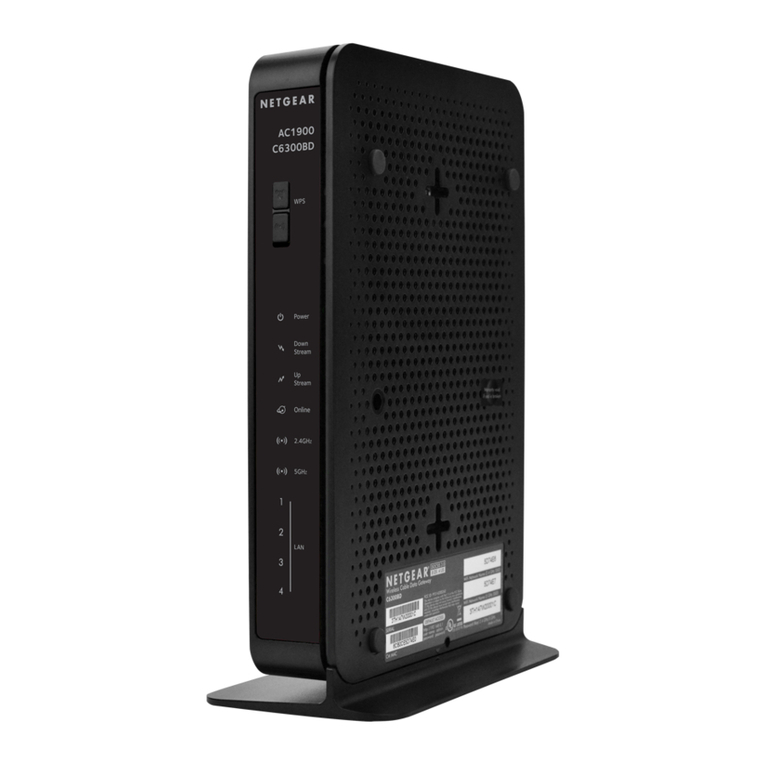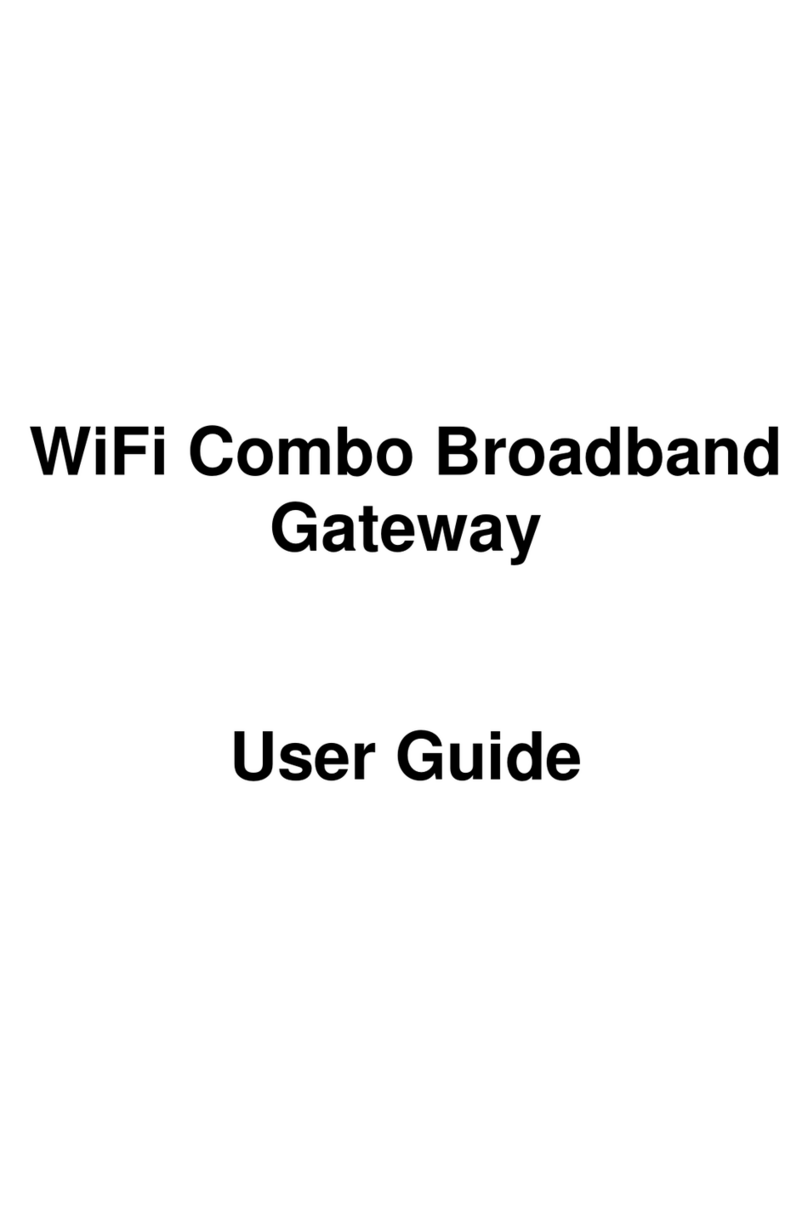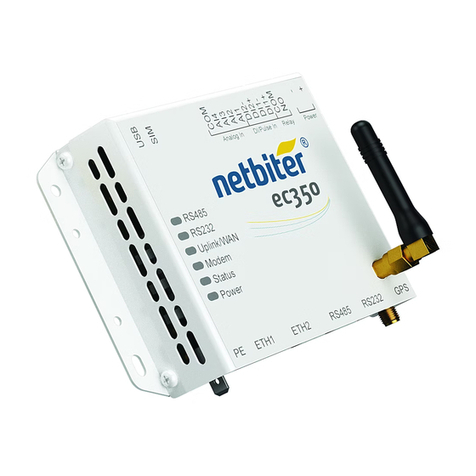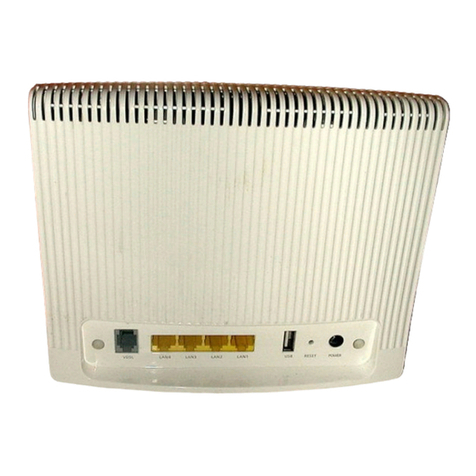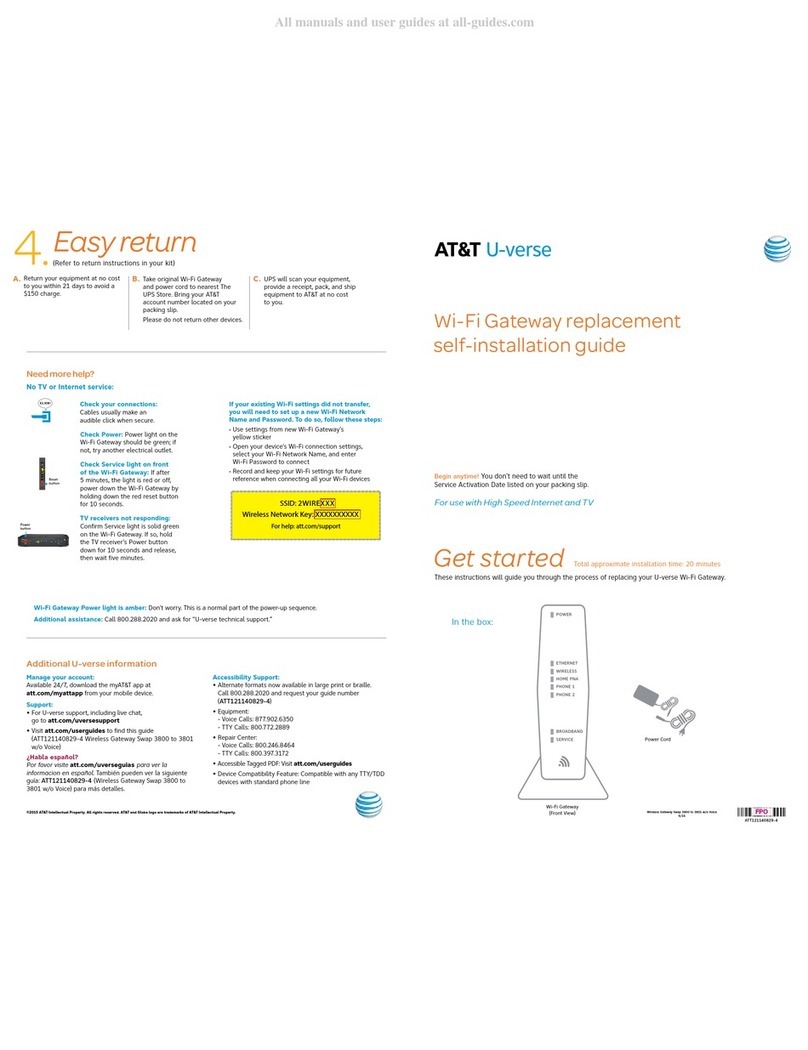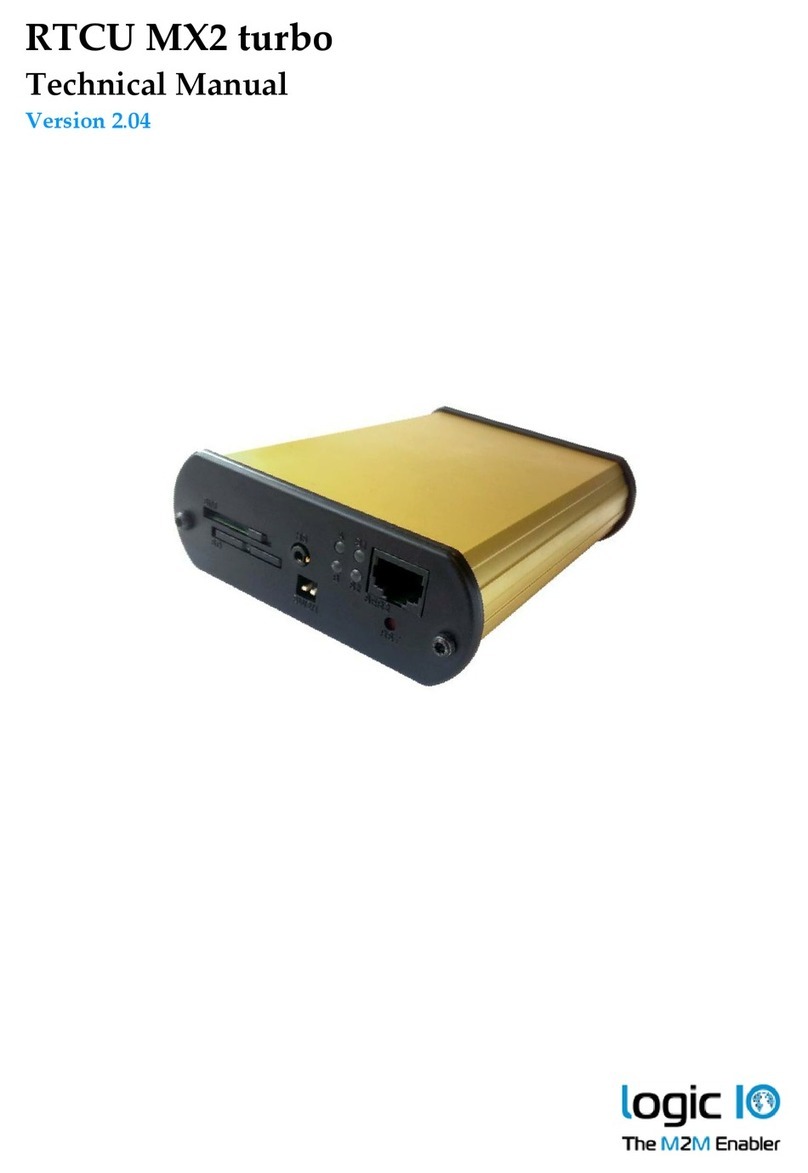10 SP201-SA™ Installation Guide
E.4 Channel Configuration for N5 Signaling
What the terminal displays What you type What you are configuring
user> config n5 all All N5 channels
Set 1/1 thru 2/31 out-of-service?
(y or n) : <current=n> n
Placement of channels 1–31 of
trunk 1 and (on the four-port
SP201-SA) channels 1–31 of
trunk 2 into service
Destination country code for calls to
N5 (current) :
Enter up to 3 digits: (your country code)
Your country’s international
dialing code
Transit calls to N5 enabled ? (y or
n) : <current=n> n Disallowance of transit traffic
Use Calling Party Category to set N5
language digit? (y or n) :
<current=n> n
No use of the calling party
category to derive the
language digit
N5 side outgoing language digit
(current) :
Enter up to 1 digits: (Press Enter to leave
this field empty.)
The fixed language digit for
calls originating from the N5
side
Prefix to be stripped from digits
before sending to N5 (current) :
Enter up to 3 digits: (Press Enter to leave
this field empty.)
Digits to remove from the
front of the country code
Digits that cause C11 to be sent to
N5 (current) :
Enter up to 18 digits: (Press Enter to leave
this field empty.)
Digit string that causes the
C11 operator code to be sent
to N5
Digits that cause C12 to be sent to
N5 (current) :
Enter up to 18 digits: (Press Enter to leave
this field empty.)
Digit string that causes the
C12 operator code to be sent
to N5
Language digit expected from N5 [* =
any] (current) :
Enter up to 1 digits: (Press Enter to leave
this field empty.)
Acceptance of calls only with
a specific language digit (if
entered)
Transit calls FROM N5 enabled ? (y or
n) : <current=n> nRejection of transit calls (by
returning a busy flash)
Digits to prepend in non-transit
calls coming from N5 (current) :
Enter up to 3 digits: (Press Enter to leave
this field empty.)
Digits to prepend to non-
transit calls
Use calling party category from
template ? (y or n) : <current=n> n
Derivation of the Calling
Party Category from the N5
language digit
Digits to send when C11 is received
from N5 (current) :
Enter up to 18 digits: (Press Enter to leave
this field empty.)
The digit string to send when
the C11 operator code is
received from N5
Digits to send when C12 is received
from N5 (current) :
Enter up to 18 digits: (Press Enter to leave
this field empty.)
The digit string to send when
the C12 operator code is
received from N5



